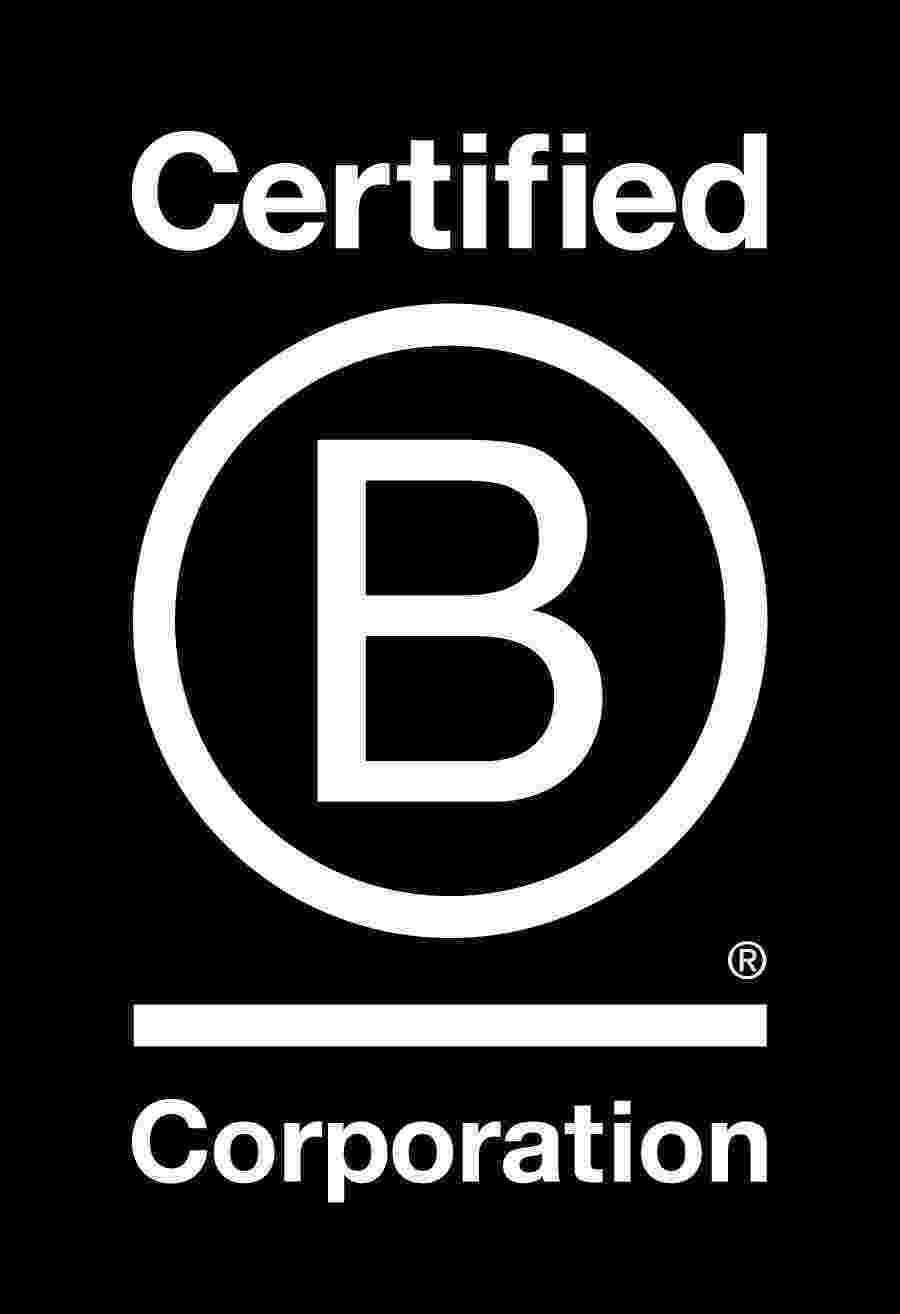7 Key CRO Strategies To Try Today | D3 NZ
So you’ve tried Google and Facebook ads and haven’t received the revenue climb you were promised?
Acquiring quality visitors to your website is an important first step.
However, if they can’t find what they anticipated, they will leave in droves and tell their friends not to bother. To make a sale you require quality traffic coming to your website whilst providing an intuitive user experience that helps visitors find what they are looking for, quickly.
Our data-driven approach to Conversion Rate Optimisation (CRO) will uncover stubborn bottlenecks and friction points that are hindering your visitors from making a sale. Then we will help you patch those conversion holes.
Setting and testing the right hypothesis within your CRO plan is important, but there’s also some more stuff you can implement to boost your conversion rate. At the page level, in fact, there are different elements with can help you get your customer’s attention.
Conversion Rate Optimisation (CRO) is the process of optimising your website to improve the percentage of visitors who convert into customers or take desired actions on your site. It’s an essential aspect of digital marketing that helps you achieve your business goals and improve your website’s performance.
At D3, we have years of experience in creating successful CRO strategies that have helped numerous businesses to increase their conversions and achieve their goals. In this article, we will provide you with an in-depth guide to CRO strategies that can help you increase your website’s conversion rate and grow your business.
1. Conduct A/B Testing
A/B testing is a powerful CRO technique that involves comparing two versions of a web page to determine which one performs better. By testing different elements of your website, such as headlines, call-to-action buttons, images, and colours, you can identify what resonates with your target audience and make data-driven decisions to improve your website’s conversion rate.
2. Improve Website Speed
Website speed is a critical factor that influences user experience and search engine rankings. Slow-loading websites can lead to high bounce rates and lost revenue. To improve your website’s speed, you can compress images, use a content delivery network (CDN), and optimise your website’s code.
3. Use Social Proof
Social proof is a powerful psychological tool that can influence user behaviour and increase conversions. By showcasing customer testimonials, reviews, ratings, and social media followers, you can build trust and credibility with your audience and encourage them to take action on your website.
4. Implement Responsive Design
Responsive design is a design approach that ensures your website looks great and functions well on all devices, including desktops, tablets, and smartphones. By implementing responsive design, you can improve your website’s user experience and reduce bounce rates, which can positively impact your website’s conversion rate.
5. Create Compelling Headlines
Headlines are the first thing visitors see when they land on your website, and they can make or break your website’s performance. By creating compelling headlines that grab your audience’s attention and communicate the value of your product or service, you can increase engagement and encourage visitors to stay on your website longer.
6. Use Clear and Concise CTAs
Call-to-action (CTA) buttons are the key to converting website visitors into customers. By using clear and concise CTAs that tell visitors what action to take next, you can guide them through the conversion process and improve your website’s conversion rate.
7. Use Heatmaps and Analytics
Heatmaps and analytics tools can provide valuable insights into how users interact with your website. By tracking user behaviour, such as where they click, scroll, and spend the most time, you can identify areas for improvement and make data-driven decisions to optimise your website’s performance.
Conclusion
CRO is a critical aspect of digital marketing that can help you improve your website’s performance and achieve your business goals. By implementing the strategies discussed in this article, such as A/B testing, improving website speed, using social proof, implementing responsive design, creating compelling headlines, using clear and concise CTAs, and using heatmaps and analytics, you can increase your website’s conversion rate and grow your business.


